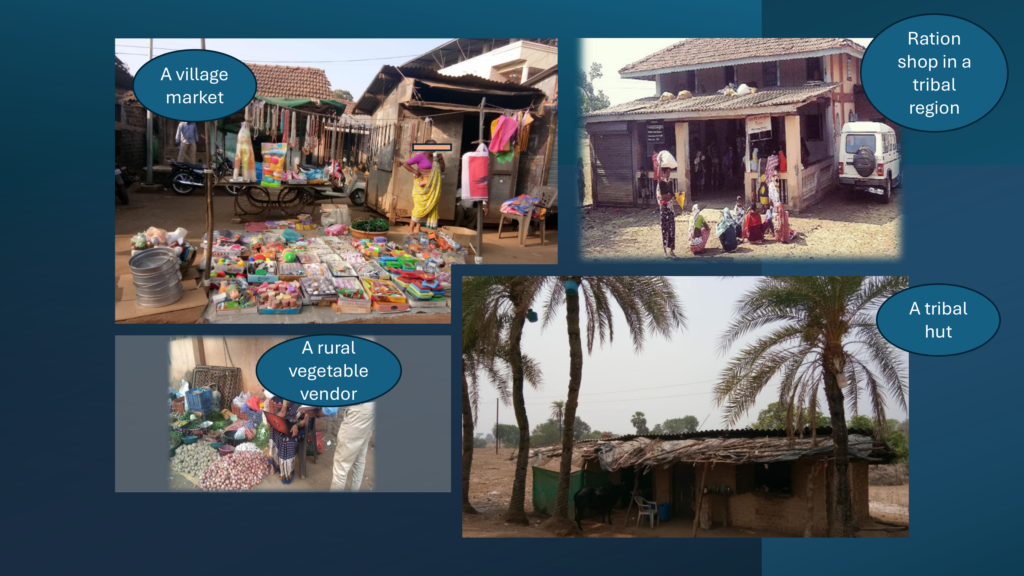City Know-hows

Local planning policy is important to shape urban development decision-making. Choices about land use and development requirements can be political and require trade-offs. Understanding the influence of local politicians in the process of creating local planning policy can help to inform interventions to enable healthier place-making.
Share
Target audience
The public, urban development practitioners, national-level planning policy makers.
The problem
Built and green environments can influence population health and wellbeing. There are many stakeholders that influence decision-making for urban development and policy is very important, however, policies rarely prioritise health and wellbeing.
What we did and why
Policies can be highly influential in decision-making but little is known about how local politicians influence the process of local planning policy decision-making. In this study I show their influence, and how trade-offs can be considered that can influence health and wellbeing linked to the environment.
Our study’s contribution
This study provides new insights into the influence of political actors in local planning policy formation, including how different issues that are associated with health and wellbeing are considered, from housing affordability, housing numbers, to greenspaces and design quality.
Impacts for city policy and practice
Understanding of the influence of local political actors helps to highlight where their influence is limited, particularly by national-level housing policy, which in the UK is focused on housing numbers, rather than quality of new homes, as well as financial viability and public opinion. Understanding this can help to build trust in the political processes of decision-making and inform interventions for healthier place-making.
For further information, see the TRUUD study: a research programme about healthy urban development
Further information
Full research article:
Related posts

Evidence overwhelmingly suggests that the built environment has an impact on people’s health, particularly in terms of noncommunicable diseases such as asthma, diabetes and poor mental health. However, health is rarely prioritised in urban planning decisions at present, and earlier work by this research group has shown that senior decision-makers feel they lack the power to influence planning and policy decisions in order to improve the situation. This intervention area adds to the wider research programme, which is focused primarily on the delivery of quantifiable socio-environmental and health economics valuations. People make decisions not just based on economic valuation, so an understanding of why people make decisions and how those decisions can change is essential. This paper describes the methodology that will be used to develop this intervention. Findings will be published later.

Overweight and obesity among mothers in the urban setting was twice compared to the rural. The percentage of households with an undernourished child and an overnourished mother was high in urban settings.

How can we systematically embed health in real estate decision-making to improve health outcomes related to our urban environment? We mapped the system of health consideration in urban development decision-making to identify leverage points and inform interventions that can generate virtuous feedback loops to support better urban health.